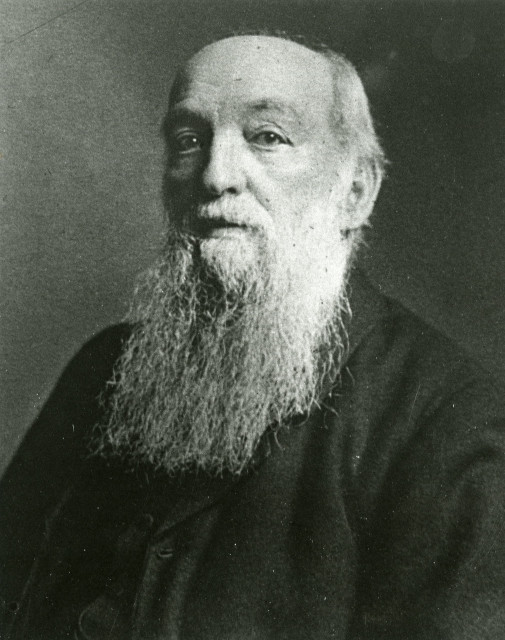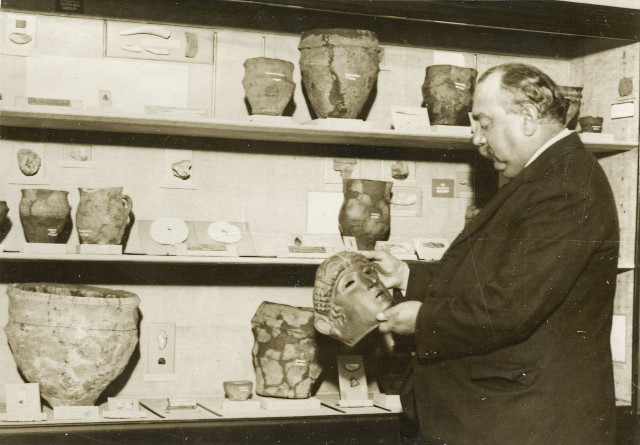The Hull and East Riding Museum of Archaeology is housed within the old Corn Exchange which was built in 1855 on the site of the medieval customs house. The first museum on the site was called the Museum of Commerce and Transport, which opened in 1925. Sadly, that museum and its collections sustained extensive damage in the air raids of 1941.
Years later, in 1957, the museum reopened as the Transport and Archaeology Museum. The displays now incorporated the city's archaeological collections, including the Mortimer Collection which had previously been on display in galleries above City Hall.
By the early 1980s, the transport collection had outgrown its shared home. As such, a second museum was built on adjacent land – which became the Streetlife Museum. In 1989, the original museum underwent a major refurbishment and changed its name to Hull and East Riding Museum. The Corn Exchange is still part of the main body of the museum, but the main entrance was moved from High Street to where it now faces onto the museum gardens.
John Mortimer
Our archaeological collections are some of the foremost in the country. All of our local archaeological collections are 'Designated', meaning they are officially recognised as being of national importance. They include objects found by J. R. Mortimer – one of the most important amateur archaeologists of the nineteenth century. Mortimer's finds encompass Neolithic, Bronze Age and Anglo-Saxon grave goods derived from 360 barrows on the Yorkshire Wolds. Alongside these finds are Mortimer’s detailed site records.

Thomas Sheppard and the Mortimer Collection
The century of archaeological discovery since then has brought to light treasures such as prehistoric boats, Roman mosaics and an incredible array of everyday objects used by the medieval inhabitants of Hull's Old Town. The displays now trace the natural and human history of the region. From fossils of the earliest sea creatures found in the region to Hull in the Civil War.
In 2023, we updated our name to Hull and East Riding Museum of Archaeology to reflect our collections.